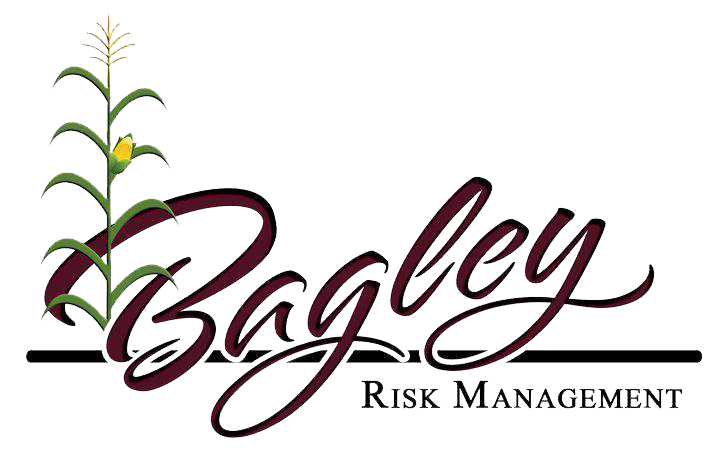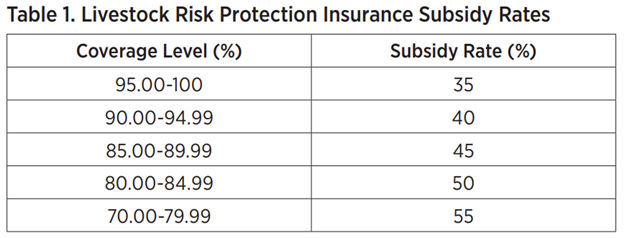Proactive Defense: Bagley Risk Management Methods
Proactive Defense: Bagley Risk Management Methods
Blog Article
Comprehending Livestock Threat Security (LRP) Insurance Coverage: A Comprehensive Guide
Browsing the realm of animals danger protection (LRP) insurance can be a complicated undertaking for lots of in the farming market. From exactly how LRP insurance coverage works to the numerous coverage options offered, there is much to reveal in this extensive guide that could possibly shape the means animals manufacturers come close to risk monitoring in their businesses.

Just How LRP Insurance Functions
Sometimes, comprehending the technicians of Animals Danger Defense (LRP) insurance coverage can be intricate, yet damaging down exactly how it works can provide clearness for farmers and herdsmans. LRP insurance is a risk management device developed to safeguard animals producers against unanticipated cost declines. The policy enables manufacturers to set a coverage level based upon their certain requirements, selecting the variety of head, weight range, and protection price. Once the policy is in place, if market rates drop below the coverage rate, producers can submit a case for the distinction. It is essential to note that LRP insurance policy is not an earnings warranty; rather, it concentrates entirely on rate danger defense. The insurance coverage period typically varies from 13 to 52 weeks, offering flexibility for producers to select a period that straightens with their manufacturing cycle. By using LRP insurance, ranchers and farmers can alleviate the monetary dangers connected with varying market value, making certain higher stability in their operations.
Eligibility and Insurance Coverage Options

When it comes to insurance coverage choices, LRP insurance coverage uses manufacturers the versatility to select the insurance coverage degree, protection period, and endorsements that finest fit their danger management requirements. By comprehending the eligibility requirements and protection alternatives readily available, animals manufacturers can make educated decisions to manage threat effectively.
Benefits And Drawbacks of LRP Insurance
When assessing Livestock Risk Security (LRP) insurance, it is vital for livestock manufacturers to evaluate the drawbacks and benefits integral in this danger management device.

One of the main advantages of LRP insurance policy is its ability to offer security against a decrease in animals rates. Additionally, LRP insurance provides a level of flexibility, enabling producers to personalize insurance coverage degrees and plan periods to fit their certain demands.
One restriction of LRP insurance coverage is that it does not safeguard against all kinds of risks, Bonuses such as disease outbreaks or natural disasters. It is vital for producers to carefully analyze their individual threat direct exposure and economic scenario to identify if LRP insurance coverage is the ideal risk administration device for their procedure.
Understanding LRP Insurance Coverage Premiums

Tips for Optimizing LRP Advantages
Making best use of the benefits of Livestock Risk Defense (LRP) insurance coverage needs strategic preparation and proactive risk administration - Bagley Risk Management. To take advantage of your LRP coverage, consider the following ideas:
Routinely Evaluate Market Conditions: Remain notified concerning market fads and rate fluctuations in the livestock industry. By keeping an eye on these factors, you can make enlightened decisions about when to acquire LRP insurance coverage to protect against prospective losses.
Set Realistic Insurance Coverage Degrees: When picking insurance coverage degrees, consider your manufacturing expenses, market worth of livestock, and prospective dangers - Bagley Risk Management. Setting reasonable coverage degrees makes certain that you are appropriately safeguarded without paying too much for unnecessary insurance coverage
Expand Your Insurance Coverage: As opposed to counting only on LRP insurance, think about diversifying your threat administration methods. read this post here Combining LRP with various other threat administration tools such as futures contracts or options can give comprehensive protection against market uncertainties.
Evaluation and Adjust Protection Frequently: As market conditions transform, regularly evaluate your LRP coverage to guarantee it aligns with your existing threat exposure. Readjusting protection degrees and timing of acquisitions can aid enhance your risk protection technique. By adhering to these tips, you can optimize the benefits of LRP insurance coverage and protect your animals procedure against unforeseen risks.
Conclusion
Finally, animals risk protection (LRP) insurance policy is an important device for farmers to take care of the monetary risks linked with their livestock operations. By understanding just how LRP functions, eligibility and coverage options, in addition to the advantages and disadvantages of this insurance, farmers can make informed decisions to secure their livelihoods. By carefully thinking about LRP premiums and implementing approaches to make the most of advantages, farmers can alleviate potential losses and make sure the sustainability of their operations.
Animals manufacturers interested in obtaining Animals Danger Defense (LRP) insurance can discover a range of eligibility requirements and coverage options tailored to their specific animals procedures.When it comes to protection choices, LRP insurance uses manufacturers the versatility to choose the coverage level, protection period, and recommendations that ideal match their risk management needs.To grasp the intricacies of Animals Danger Defense (LRP) insurance completely, recognizing the variables influencing LRP insurance coverage costs is important. LRP insurance policy costs are determined by numerous aspects, consisting of the coverage degree picked, the expected price of animals at the end of the insurance coverage period, the type of livestock being insured, and the size of the protection period.Review and Readjust Protection On a regular basis: As market conditions change, periodically review your LRP coverage to guarantee it aligns with your existing risk direct exposure.
Report this page